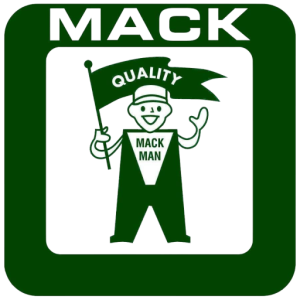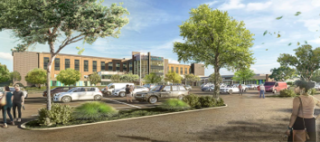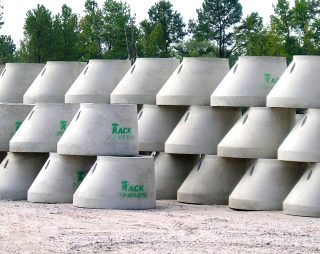Sound walls (also known as sound berms, sound barriers, or acoustical barriers) reduce noise levels for people living next to highways by absorbing sound energy or by reflecting sound energy.
Precast concrete sound walls can be designed to blend in with a city’s architecture and local topography, or even to capture a community’s theme or identity. Reflective noise barriers can reduce noise by as much as half while absorptive treatments have been found to further reduce noise pollution.

With color additives or stains and textured form liners, the options are nearly endless. Learn more about how we construct noise walls at Mack Industries.
Sound walls are available in many diverse shapes and sizes. The applications go way beyond the high walls along highways. Examples include:
- Industrial parks
- Railroads
- Power systems
- Electrical substations and transformers
- Loading docks
- Wastewater treatment plants
Precast concrete is the material of choice for sound walls because of its durability, flexibility, ease of installation, environmental friendliness, and wide range of aesthetically pleasing designs. Precast concrete performs well even in harsh environments.
Noise walls benefit residents in different ways:
- Better night’s sleep
- Improved setting for outdoor activities
- Less exposure to noise that could impair hearing
For more information about noise walls and other products, contact Mack today or call (800) 482-3111.



